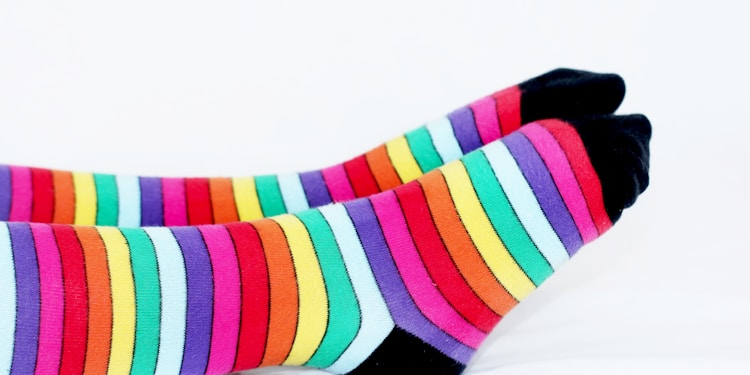Diabetes damages the nerves of the feet as excess blood sugar affects blood circulation. Compression socks have been designed to increase blood circulation and prevent venous problems in the legs. The working mechanism of these specially made stockings is gently squeezing around legs and increasing the pressure within the tissue underneath the skin. The compression by reducing fluid leakage from the capillaries and increasing absorption of tissue fluid by the lymphatic vessels and capillaries prevents and reduces swelling. You can choose from the wide range of socks available in the market, and before doing so, it is best to gain a detailed insight. Here are a few things you must know.
How does compression socks work?
Compression socks increase blood flow within the veins by gently squeezing the legs at different lengths. Wearing such socks also prevents the expansion of superficial veins and causes backward blood flow, leading to congestion. By applying pressure on the legs, the socks reduce the diameter of veins and increase the velocity and volume of blood flow. They help increase blood flow towards the heart, relieving you of the heavy feel on the legs, arching, welling and preventing blood clots.
How to find the right fit?
If you have diabetes, it is crucial to find the right socks that increase blood circulation in your feet and prevent friction and irritation. The socks must have fewer seams to minimise friction. Avoiding friction is crucial as it may increase pressure points and risks of blisters or wounds. It also allows better blood circulation throughout the body preventing aches and pain.
People who have diabetes are susceptible to developing infections; hence, keeping the feet dry is of utmost importance. Moisture allows bacterial growth causing infections that take a long time to heal. Compression socks for diabetic patients are made up of material that wicks moisture and helps keep the feet dry. It can be made of cotton, wool or a blend of synthetic fibres.
The fit of the socks must not be too tight or too loose. Tight socks may interfere with blood circulation, while loose socks may cause friction. Socks that fit snugly and promote blood flow are the ones you must use to get maximum comfort.
What are the different types of compression socks available?
There are three types of socks available: nonmedical support, anti-embolism and graduated compression.
You do not require a prescription to purchase nonmedical support socks. These include flight socks and elastically supported hoses to get relief for aching and tired legs. The uniform compression delivered through these socks exerts less pressure than the prescribed socks.
Anti-embolism socks are designed to prevent deep vein thrombosis in the legs. People with diabetes have increased chances of getting affected with deep vein thrombosis. These socks give gradient compression and help individuals with severe mobility issues.
Graduated compression stockings or socks provide the strongest compression at the ankles and decrease towards the top. Such stockings are designed to meet various medical specifications and improve patients’ mobility. You can use socks that end below the knees to ease lower leg swelling caused by fluid build-up. Socks extending to the waist or thighs help prevent orthostatic hypotension in diabetic patients.
The factors discussed above need to be considered before the purchase. It is advised that the socks fit properly to prevent skin breakage, nerve damage and inadequate flow of oxygenated blood, which may have long term health consequences.
















